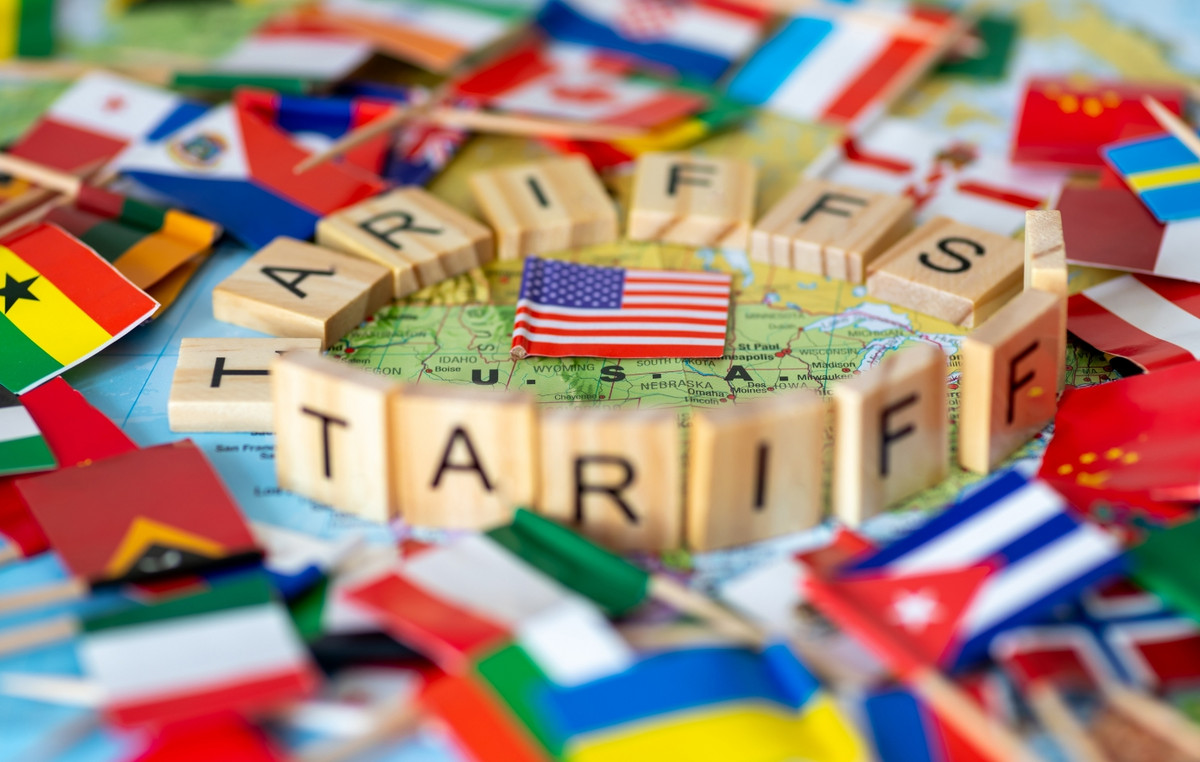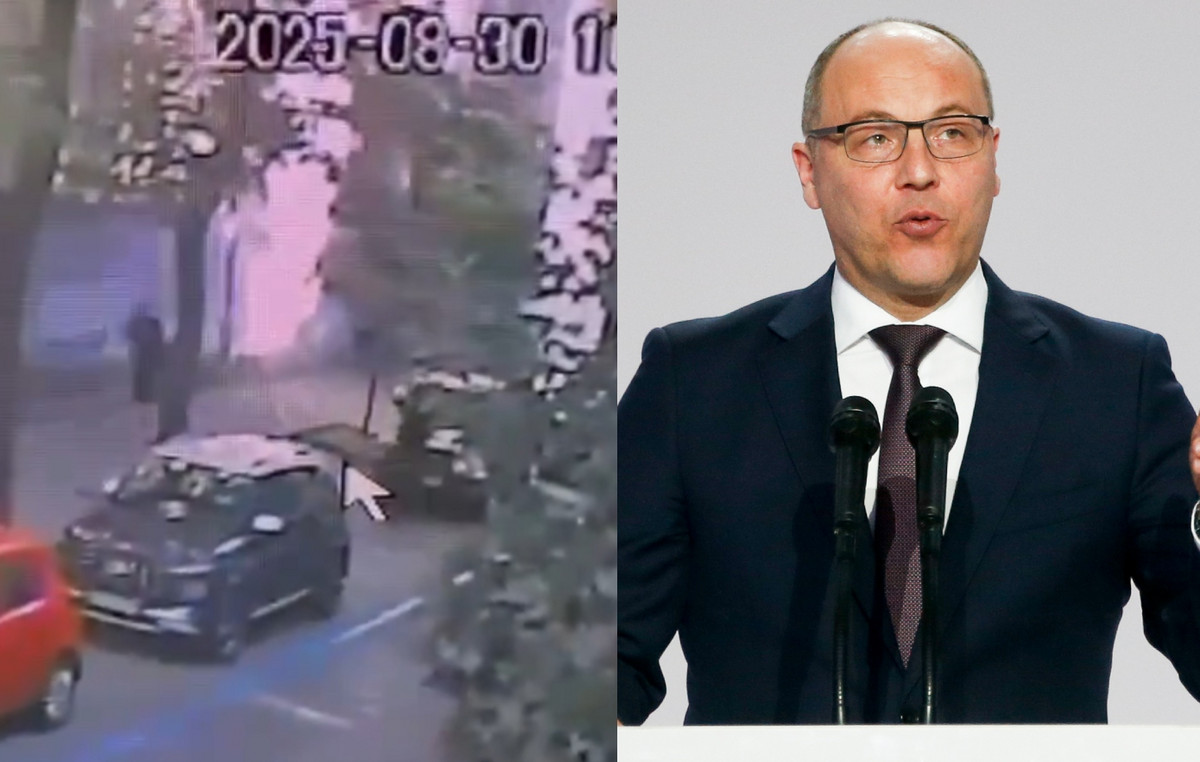The Chinese scientists of the University of Shanghai have used a quantum computer to factorize a 22-bit integer in the RSA encryption algorithm. This is written by Earth with reference to the study.
Prior to this, the algorithm resisted attempts to hack on the same class of equipment.
Although 22-bit keys are not safe in terms of modern standards and are amenable to factorization on classical systems, today it is the largest number obtained using quantum annealing.
Most of the perfect security systems use 2048-bit encryption, and the most voluminous key, hacked by traditional methods, is only 829 bits (RSA-250). It managed to decipher it in a few weeks of calculations on a supercomputer.
To factorize the 22-bit RSA, scientists used the same method as when successful decryption of Pressent, GIFT-64 and Rectangle algorithms in October 2024. They called the breakthrough “the first case when a real quantum computer poses a significant threat to several full -scale structured algorithms.”
Methodology
The 22-bit key is trivilled by the industrial level RSA, however, the test matters, since the approach is scaled beyond the limits of past studies that were limited to 19 bits and required more cubes for a variable.
According to the article, a decrease in the coefficients of the local field and the connection in the product of the Izing reduces the noise level, allowing annealing more often to reach the correct coefficients and indicating the paths to larger keys.
Universal quantum machines based on valves work according to the Shor algorithm, which in theory can “break” RSA, finding a period of modular construction in degree of polynomial time. However, such devices experience difficulties with error correction and require a large number of cubes.
To optimize the process, Chinese scientists have used annealing instead of the Schora method. Thus, they changed the type of task for the computer from finding the period of the number to search for the meaning itself. The strategy allows you to bypass current restrictions on the number of cubes, but for this you have to pay with exponential scales, so it was possible to get only a 22-bit module.
The threat is already here
The RSA algorithm with a large key is still safe, but the study shows that the improvement of equipment and optimization of calculations already pose a threat.
Most enterprises, including banks and other structures depending on the encryption, have not yet updated their cryptographic resources, Earth journalists write. However, many do not even know what algorithms their systems depend on.
Organizations for decades storing confidential data, medical records, financial files and diplomatic telegrams can suffer the most if they wait for a full -scale quantum computer.
Although the hacking of a 22-bit RSA was based on a long preliminary and subsequent processing, and the annealing required a lot of launches to find the necessary values, cryptographs recommend that firms and institutions begin to work out a plan for the transition to new algorithms.
In addition, “intermediate” hacking of encryption systems can already pose a significant threat to safety. Therefore, it is recommended to use combined data protection methods.
Be in the know! Subscribe to Telegram.
Source: Cryptocurrency
I am an experienced journalist and writer with a career in the news industry. My focus is on covering Top News stories for World Stock Market, where I provide comprehensive analysis and commentary on markets around the world. I have expertise in writing both long-form articles and shorter pieces that deliver timely, relevant updates to readers.







